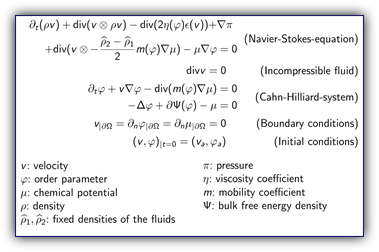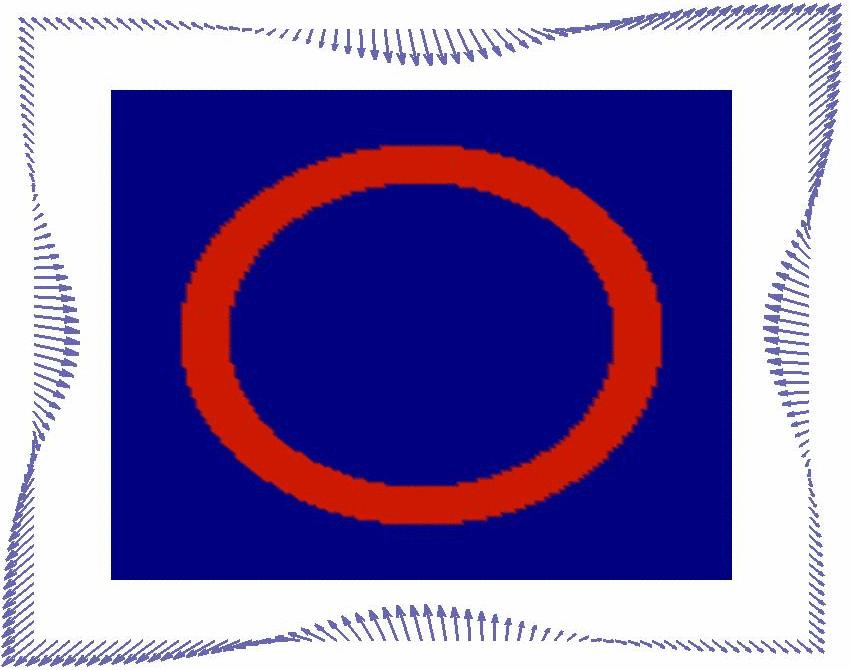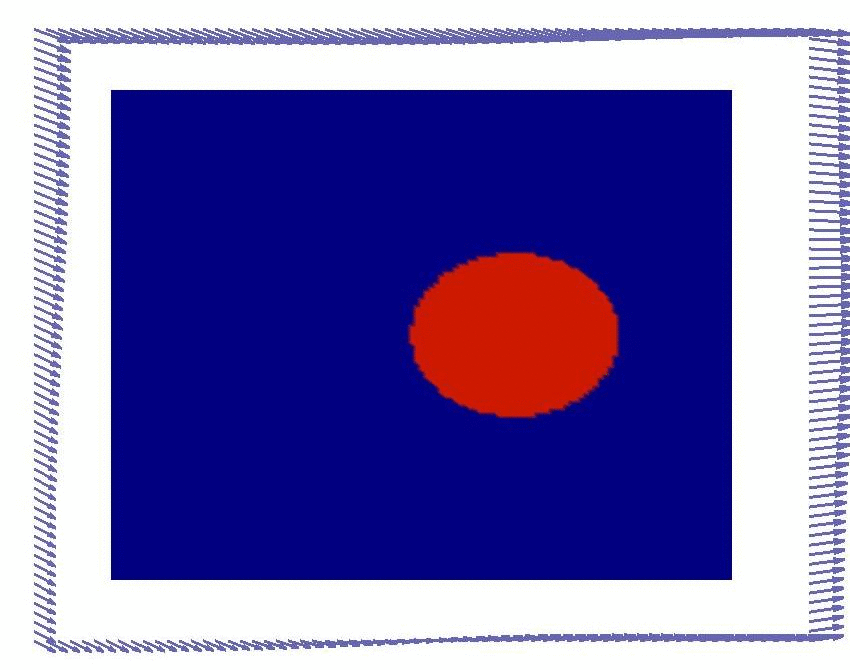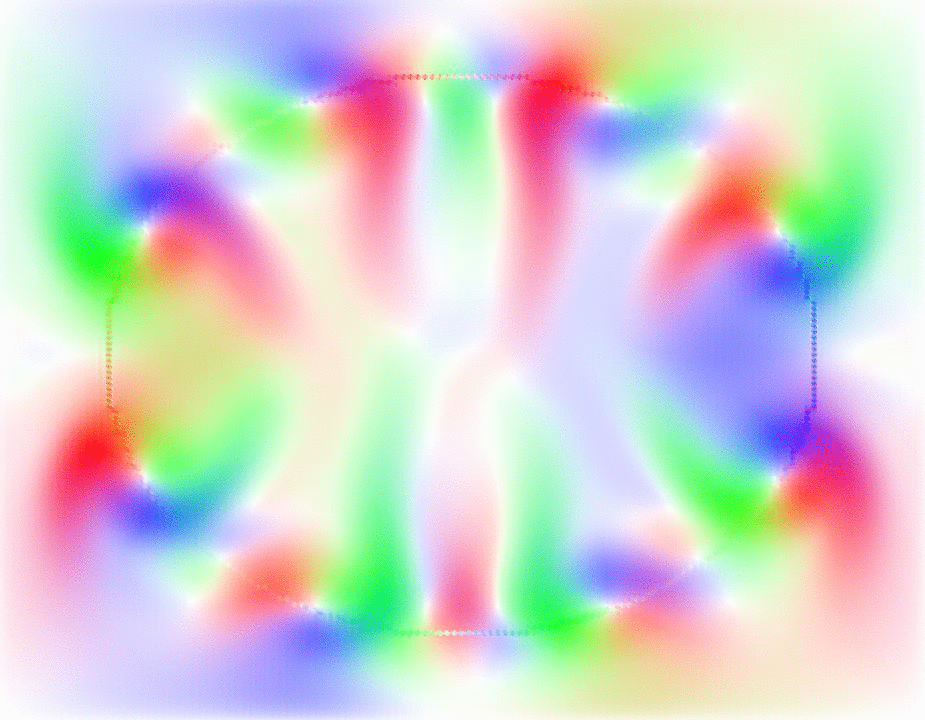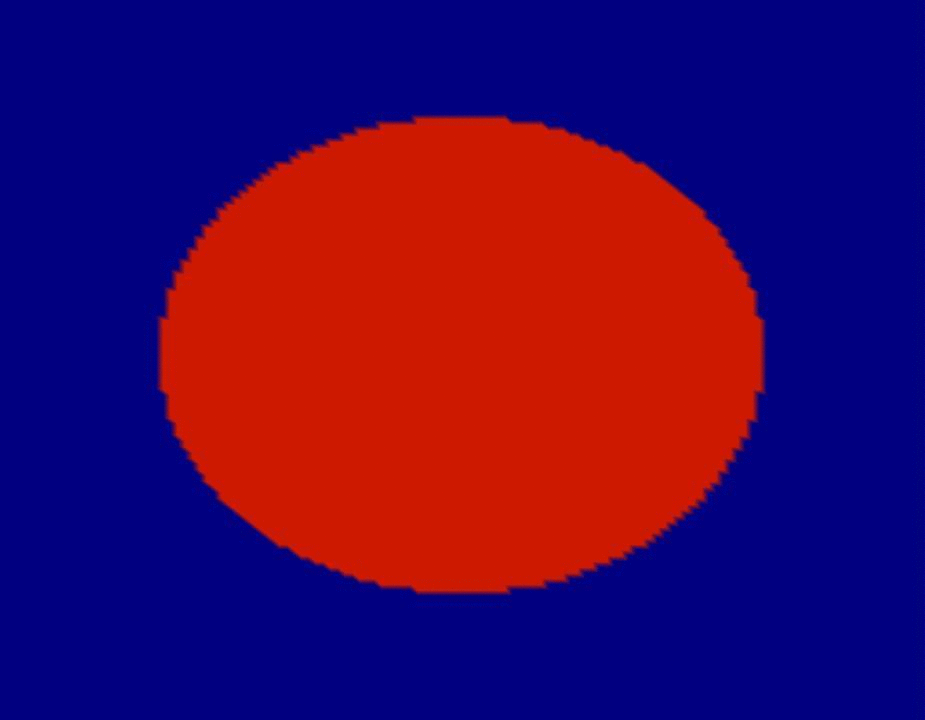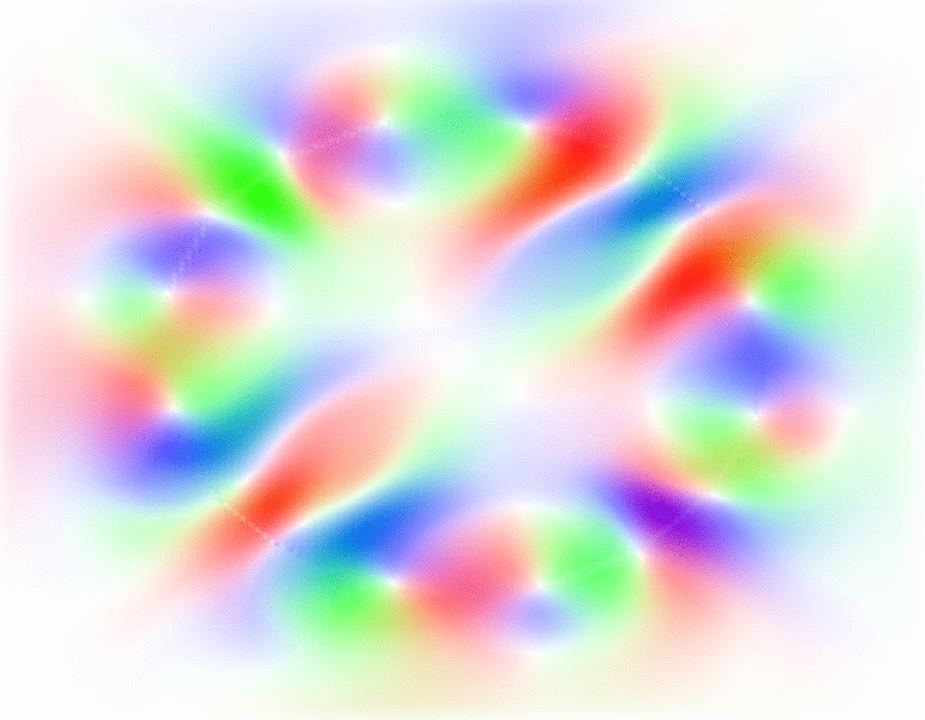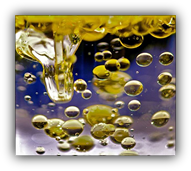
The renowned Cahn-Hilliard equation is widely used for modeling phase separation and coarsening processes with a diffuse interface in multiphase systems. Whenever hydrodynamic effects are present, the Cahn-Hilliard system has to be coupled with an equation that captures the motion of the fluid, e.g. the Navier-Stokes-equation. The resulting coupled system is used to model polymer blends, proteins crystallization or the solidification of liquid metal alloys. Further applications include the simulation of bubble dynamics, in Taylor flows or for pinch-offs of liquid-liquid jets. Moreover, it is utilized to describe the effects of surfactants such as colloid particles at fluid-fluid interfaces in gels and emulsions used in food, pharmaceutical, cosmetic, or petroleum industries. Even the simulation of cooling systems in nuclear power plants or applications in computer graphics are conducted by using these models.
In this project we study a generic optimal control problem subject to the Cahn-Hilliard-Navier-Stokes-system with variable densities, where the bulk free energy density coming from the Ginzburg-Landau energy model is related to the double-obstacle potential. This allows for pure phases but on the other hand ensures the order parameter to attain physically meaningful values.
The analytical work focusses on the derivation of suitable first-order optimality conditions. Means of constraint relaxation via e.g. a Moreau-Yosida type approximation are explored and the problem is associated to the case where the energy density is a double-well type potential via a limiting process.
With the first-order optimality conditions at hand, the next goal is to
derive and to implement an algorithm that calculates stationary points.
The algorithm is based on a path-following method for the Yosida parameter
and a gradient descent method for each fixed parameter. The numerical
implementation uses the finite element method.
The videos in the upper row depict the results of two examples of our
algorithm for matched densities and show the boundary control action on
the fluid part and the corresponding evolution of the order parameter.
Both quantities belong to a solution of the associated first-order
optimality condition where the objective is of tracking-type and aims at
driving the order parameter close to a desired profile at final time.
Using a similar objective for distributed controls of the fluid part, the
two bottom videos to the left and to the right show the evolution of the
order parameter and the control action in two different settings.
Different directions of the control are depicted in different colors.
